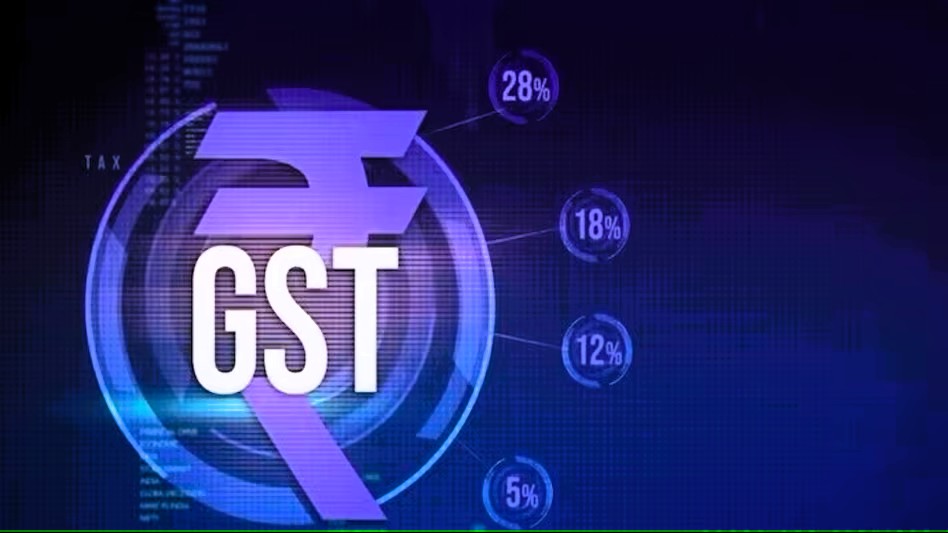“The expert pointed out that US state sales tax ranges from 2.9% to 7.25%, whereas European nations impose VAT between 17% and 27%”.

Taxation is an unavoidable part of life but not all taxes are created equal. Indirect taxes—those levied on goods and services rather than directly on income—can significantly impact both consumers and businesses. Among the highest indirect tax rates globally Europe and India stand out. But while both regions collect substantial revenue through these taxes the returns that citizens receive in terms of infrastructure and public services vary greatly.
The Burden of Indirect Taxes in India and Europe
Indirect taxes, such as the Goods and Services Tax (GST) in India and the Value-Added Tax (VAT) in Europe, contribute a major portion of government revenues. In India, GST rates vary across different categories, ranging from 5% on essential goods to as high as 28% on luxury items. Additionally excise duties on fuel, alcohol, and tobacco further increase the burden on consumers.
Europe, on the other hand, follows a VAT system where rates differ by country. For example VAT in Sweden is 25% while Germany levies 19%, and the UK has a standard rate of 20%. Despite the variation these rates are among the highest globally.
What Do Taxpayers Get in Return?
The fundamental question is do high indirect taxes translate into better public services and infrastructure? The answer varies significantly between Europe and India.
Europe: High Taxes High Returns
European nations justify their high indirect taxes by providing citizens with well-developed public infrastructure and welfare systems. High tax revenues contribute to
Quality Roads & Transport: Well maintained highways efficient public transport and extensive railway networks.
Healthcare & Education Many European countries offer free or heavily subsidized healthcare and education.
Social Security & Welfare: Strong social welfare systems including unemployment benefits pension schemes and housing assistance.
Citizens in Europe despite paying high indirect taxes see tangible benefits that enhance their quality of life.
India: High Taxes Limited Returns
India too collects a significant portion of its revenue through indirect taxes. the return on these taxes remains a concern for many taxpayers. Key issues include:
Poor Infrastructure: Despite high fuel taxes roads in many parts of India are still underdeveloped leading to traffic congestion and delays.
Inconsistent Public Services: Public healthcare and education, though improving, still lag behind global standards.
Limited Social Security: Unlike Europe, India does not have a comprehensive social security system for all citizens making tax burdens feel heavier with fewer direct benefits.
India: High Taxes, Limited Returns
India too collects a significant portion of its revenue through indirect taxes. However the return on these taxes remains a concern for many taxpayers. Key issues include:
Poor Infrastructure: Despite high fuel taxes, roads in many parts of India are still underdeveloped leading to traffic congestion and delays.
Inconsistent Public Services: Public healthcare and education, though improving, still lag behind global standards.
Limited Social Security: Unlike Europe, India does not have a comprehensive social security system for all citizens, making tax burdens feel heavier with fewer direct benefits.
The Need for Transparency and Accountability
The stark contrast between Europe and India raises a crucial debate: Should high indirect taxes come with greater accountability in public spending? While India has made strides in infrastructure development and welfare programs there is still a long way to go in ensuring that tax revenues translate into better public services.
